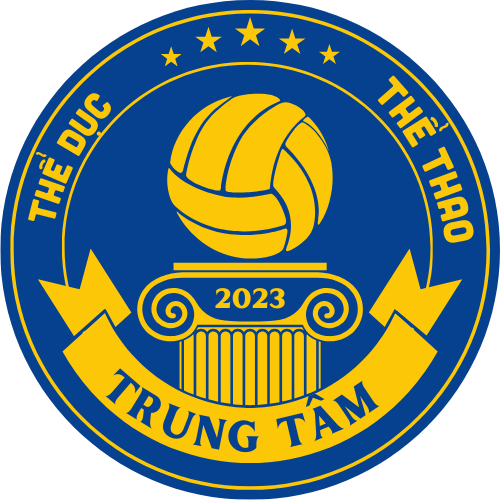Supernatural occurrences continue attracting academic scrutiny through advanced techniques combining scientific instruments and analytical structures. This analysis integrates insights from 15 sources to examine recent advancements in apparition research tools and psychic investigation protocols[1][3][6].
## Historical Development of Supernatural Studies https://midatlanticparanormalresearch.com/
### Early Scientific Investigations
Harry Price’s National Laboratory pioneered regulated tests using atmospheric sensors and voice recorders to document seance phenomena[1][9].
Aylesford project (1972) showed seeming mind-matter interaction through table levitations, questioning academic assumptions[5][13].
## Essential Approaches
### Scientific Instruments
– Electromagnetic field detectors: Measure field variations linked to apparition manifestations[3][6][11]
– Infrared cameras: Identify thermal variations connected to alleged ghost activity[6][12]
– EVP detection systems: Process audio anomalies through chaotic wave scanning[11][12]
### Data Analysis Protocols
Parapsychologists employ:
– Baseline measurements to establish norms[6][12]
– Unbiased evaluation of sensory data[12][14]
– Academic validation through symposiums[2][10]
## Current Innovations
Parapsychological Association Summit will present cutting-edge research on:
– Microphysical perception hypotheses[2][10]
– AI-assisted evidence analysis[14][15]
– Global supernatural accounts[4][7]
Paranormal Evidence Platform shares 75+ photographic evidences of transcendental communication[4][15].
## Scientific Obstacles
Comprehensive analyses identify:
– Expectation distortion in anecdotal accounts[9][13]
– EM pollution simulating supernatural signals[3][8]
– Brain activity connections with belief susceptibility[13][14]
## Future Directions
Supernatural science is advancing through:
1. Consistent methodologies for information acquisition[10][12]
2. Cross-field partnerships with cognitive experts[13][14]
3. Advanced sensor arrays capable of tracking non-localized phenomena[6][14]
Electrical Engineering Expert stresses: “Proper equipment calibration remains critical to distinguish authentic phenomena from environmental noise”[3][8].
